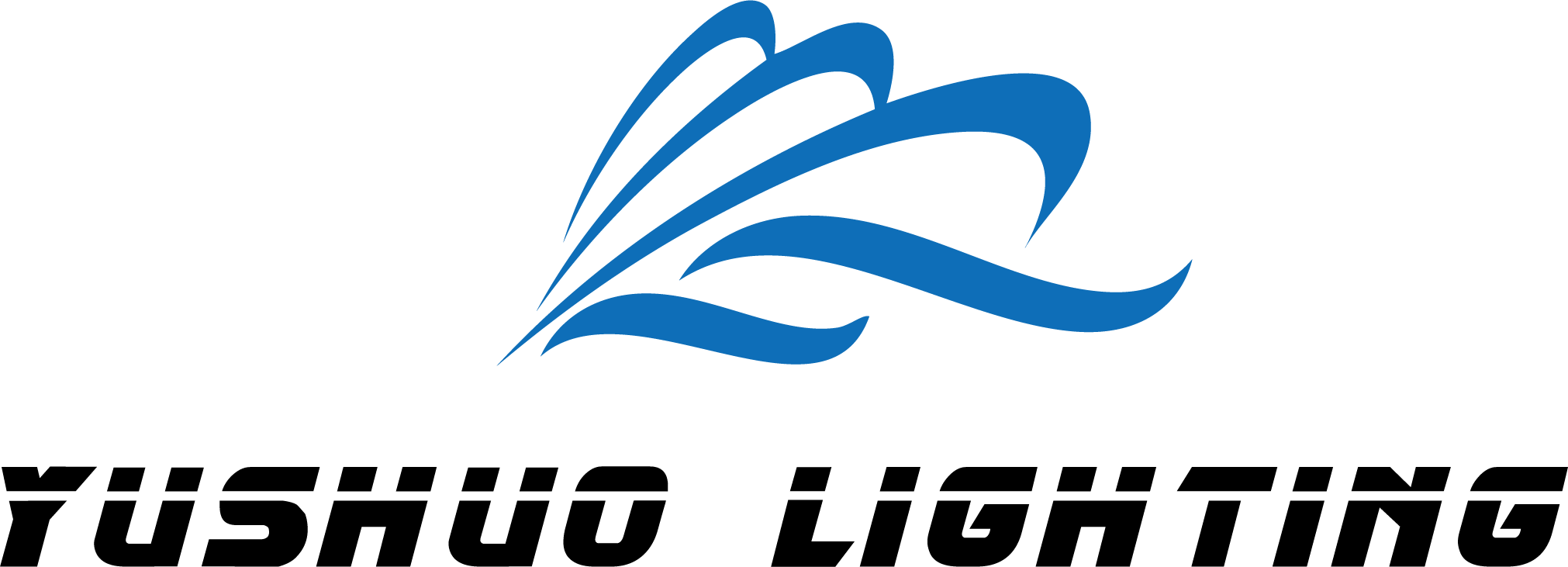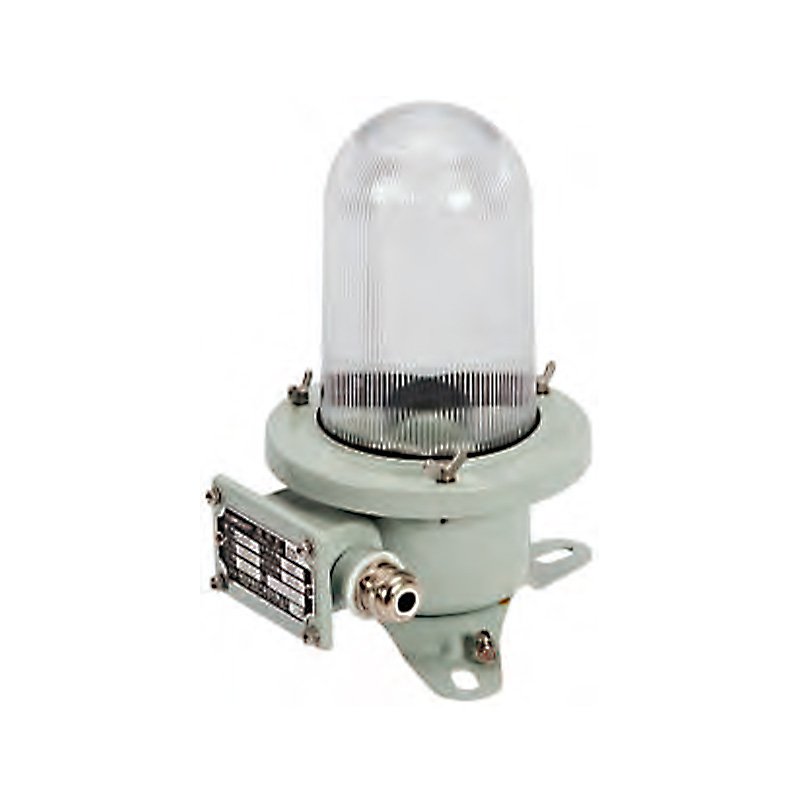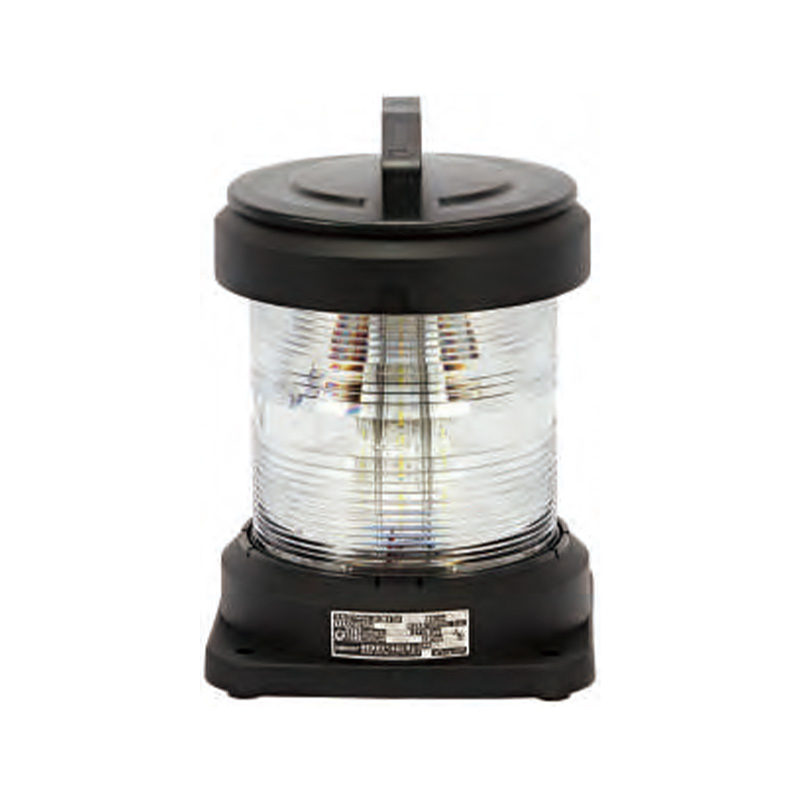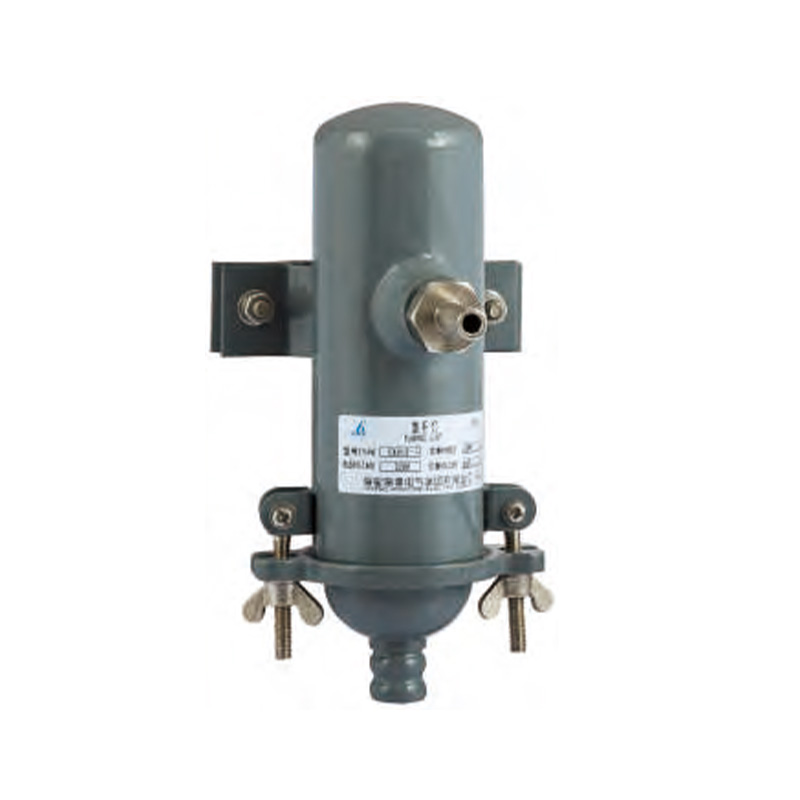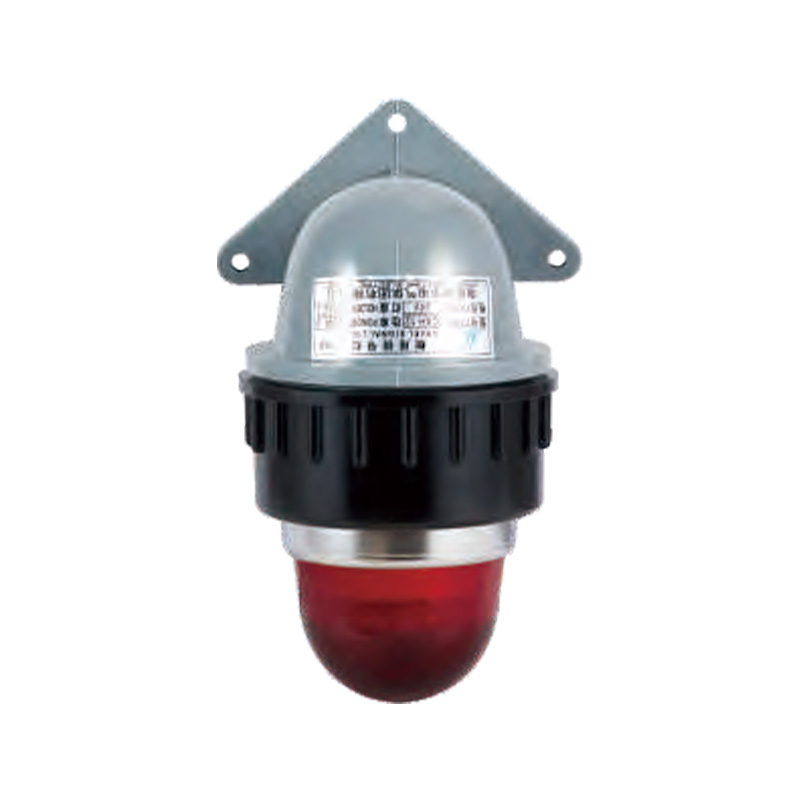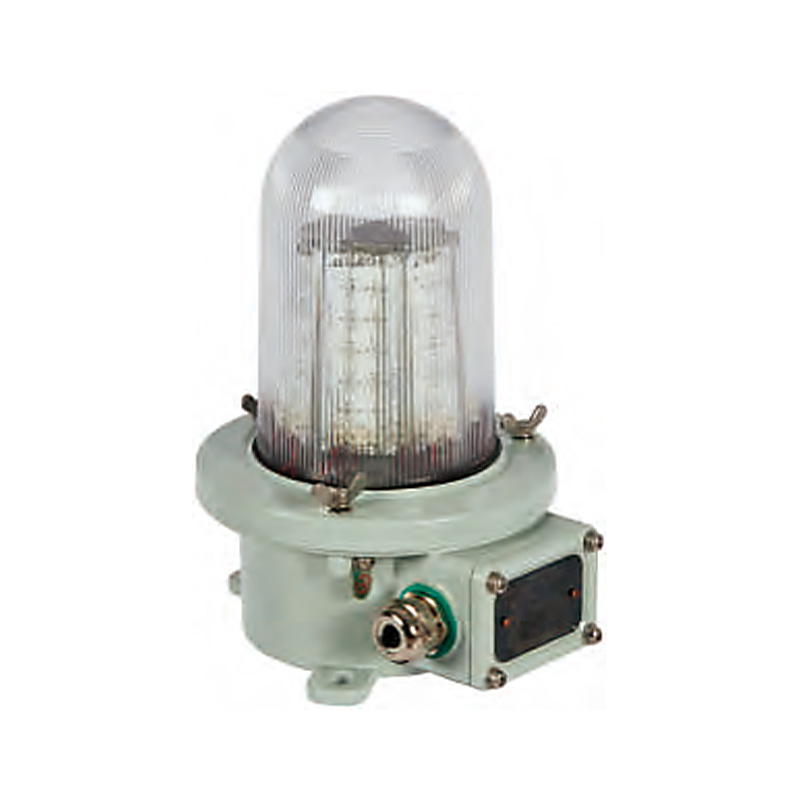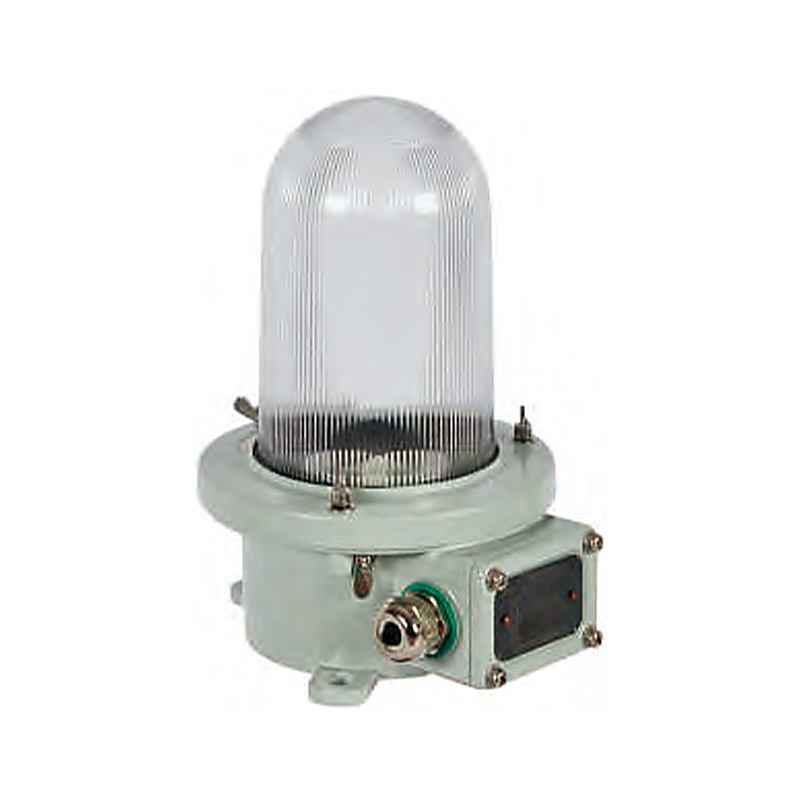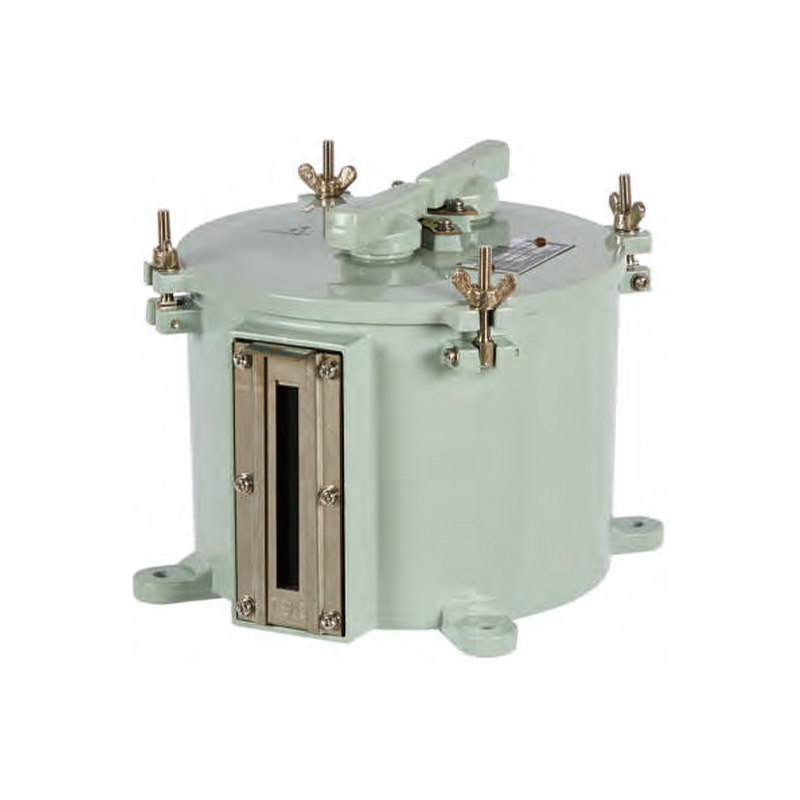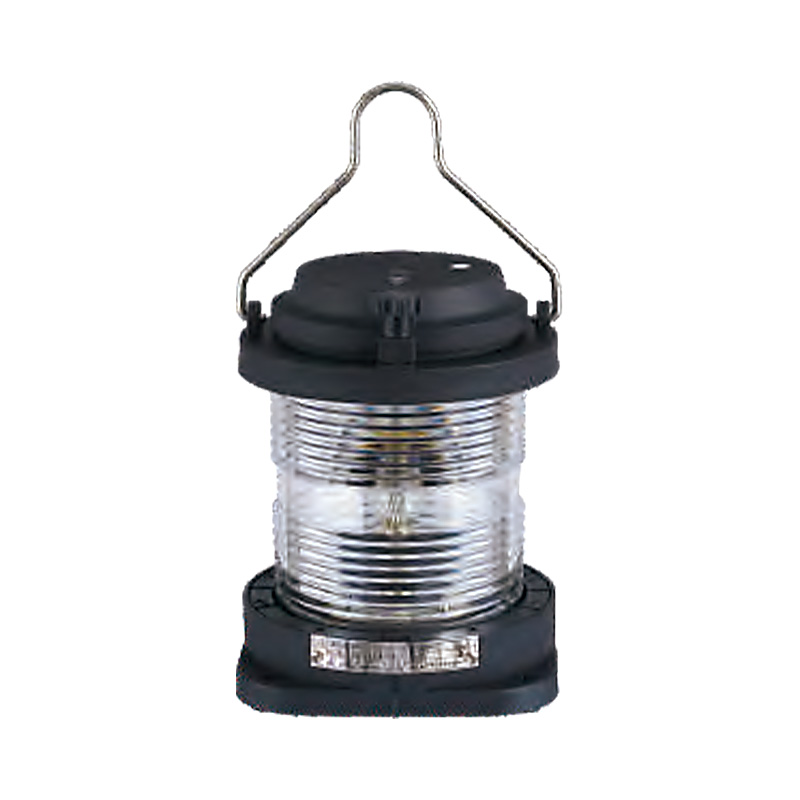How to Enhance the Visibility of Marine Navigation Lights
Marine navigation lights are crucial in ensuring safety for vessels operating at sea. Poor visibility of these lights can increase the risk of collisions, especially in difficult environments like fog, rain and high-traffic water areas. Enhancing the visibility of marine navigation lights has become a key focus for designers, manufacturers, and maritime operators.

Table of Contents
Understanding Marine Navigation Lights
Marine navigation lights help vessels communicate their position, direction, and operational status on the water, especially during nighttime or in poor visibility. They are based on standard colors like red and white, green and yellow as specified by international maritime rules to avoid collisions and guarantee the safety of navigation as sea. Through clearly indicating the vessel’s direction and movement the navigation lights play an essential part in directing maritime traffic and improving overall safety on the sea.
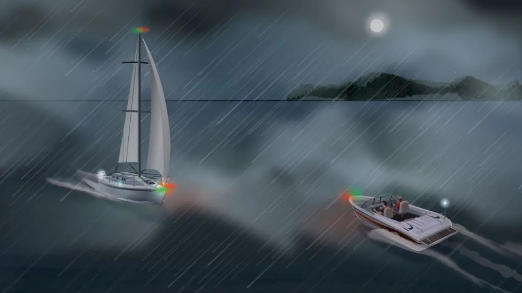
Factors Affecting the Visibility of Marine Navigation Lights
Regulations guarantee minimum brightness and visibility ranges, Different operational and external factors influence the way navigation lights function. Knowing these factors is essential for designers, ship operators and maritime authorities to minimize risks and enhance safety.
1. Weather Conditions
Weather is among the main factors that affects the visibility of navigation lights. Rain, fog and snow can cause light beams to scatter and weaken and reduce their visibility to only a only a fraction of the range intended. Fog, particularly, can obscure light, making appearance dim and dimmer, that can cause confusion. Strong winds can also transport salt and moisture which can further impede clarity.
2. Sea State and Vessel Motion
The rough seas and the high waves could block light beams rendering the navigation lights less effective. When ships roll and pitch through unstable waters, light beams may alter their angles or temporarily be obscured by waves. The constant motion can make it difficult for other vessels to discern signals clearly particularly during close navigation.
3. Ambient Light Interference
The ambient light interference may affect the way the lights of navigation are perceived. The bright lights of the coast, the offshore platforms or even vessels that are near can cause confusion in the eyes which reduces contrast and makes the lights difficult to differentiate. In busy harbors or shipping lanes, this disruption could compromise safety by obscuring crucial signals.
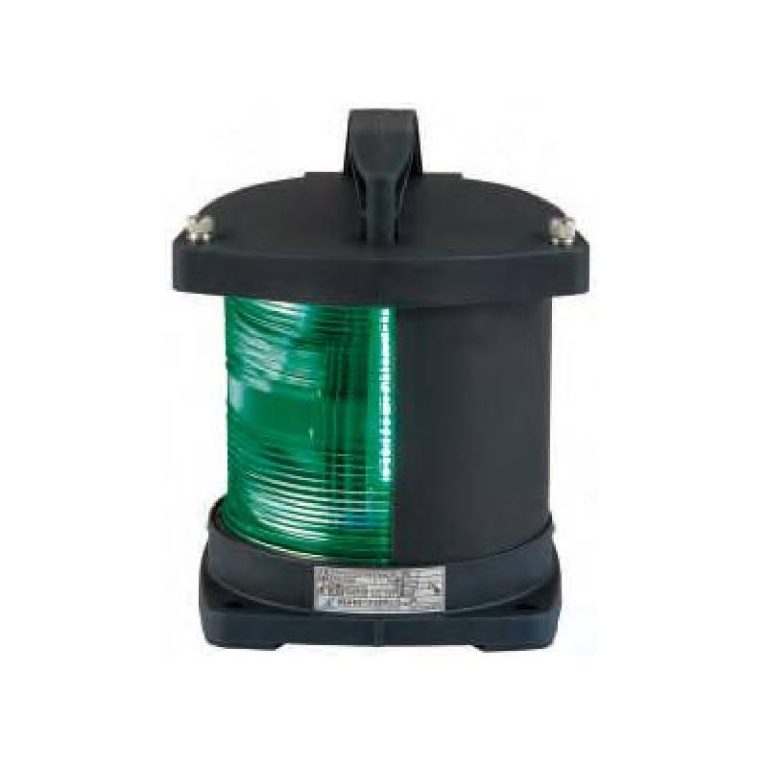
4. Installation and Alignment
A mistake in the installation or placement of the navigation lights could significantly reduce their effectiveness. If lights are placed at an incorrect level or are blocked by the structure of the vessel’s structure they might not be able to be able to cover the required arcs for visibility. In addition, improper alignment could cause a decrease in intensity towards critical viewing angles, which could compromise the compliance of maritime regulations.
5. Power Supply and Light Intensity
The reliability of navigation lights is dependent on the power source they use. Variations in voltage or insufficient reserve power can cause lights to flicker, dim or completely fail. Utilizing old, low-intensity bulbs also decreases the visibility. Modern vessels increasingly depend on backup batteries and LEDs systems to keep the brightness constant and to ensure continuous operation.
6. Maintenance and Environmental Impact
As time passes the lights of navigation are exposed to the harsh conditions of marine life. Algae, salt deposits dirt, oxidation, and salt build up on the light’s housing decreasing brightness and transparency. If the navigation light is not regularly inspected, cleaned and replacement of parts that are worn even the latest lights may lose their effectiveness and pose a risk to safety.
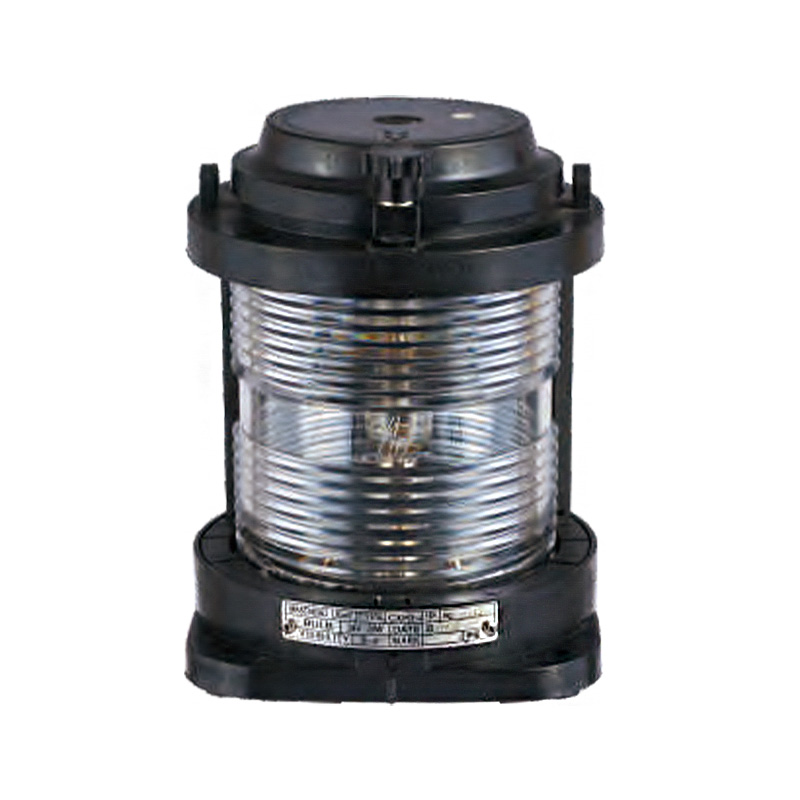
Key Strategies to Enhance the Visibility of Marine Navigation Lights
1. Adoption of High-Intensity LED Technology
The shift from traditional lighting sources to LEDs has dramatically enhanced lighting for marine navigation lighting. LEDs emit brighter, better focused light while using less energy. LED navigation lights also have a the same lighting throughout their lifespan and are less vulnerable to malfunction, making them very reliable for use in maritime applications.
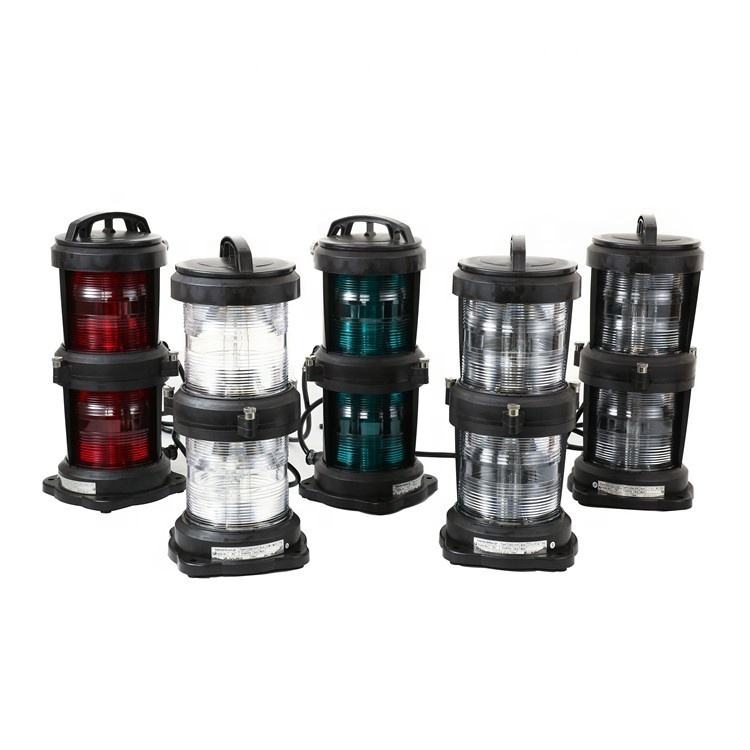
2. Advanced Optical Lens Systems
The incorporation of advanced optical lens designs allow the light beam to travel with greater efficiency across longer distances. These systems concentrate the beam, reducing scattering caused by rain, fog or mist, increasing the clarity of signals. With high-quality optical systems, the navigation light are visible in even the most challenging weather conditions.
3. Optimization of Light Colors
Navigation lights are based on standard colors, namely white, green, red and yellow as specified by international maritime laws. Making sure that the colors are clean, vibrant and easily identifiable improves the recognition of mariners. Better color accuracy helps avoid confusion on busy waterways and ensures that the colors are in compliance with International Regulations for Preventing Collisions at Sea (COLREGs).
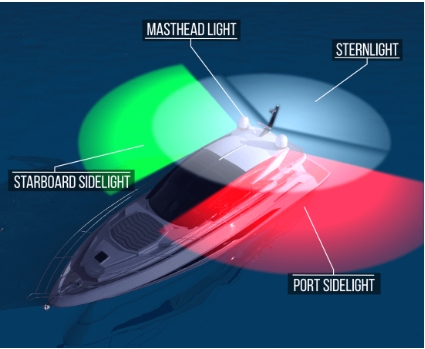
4. Reliable Power Supply Systems
Illumination that is uninterrupted is essential to ensure safety. In order to improve visibility, it is necessary to use reliable power sources, like hybrid batteries and solar systems, to ensure uninterrupted operation. These systems offer backup in the event of a the power source failing and promote sustainability by decreasing dependence on traditional sources of energy.
5. Anti-Glare and Anti-Reflection Designs
Reflection and reflection can distort the signals for navigation, especially in areas that have bright background lighting. Utilizing anti-glare housings and reflective coatings and well-engineered enclosures navigation lights can have better contrast with light sources that are nearby. This is a design feature that ensures signals are crystal clear and clear in any environment.
6. Integration of Smart Monitoring and Control
The digital monitoring system is being increasingly added to navigation lighting to increase the reliability of navigation lights. These systems are able to detect problems, automatically adjust brightness in response to the ambient conditions and issue alerts to the operator. Smart technology doesn’t just enhance visibility, but also lowers the chance of undetected failures which could compromise vessels’ operations.
7. Regular Maintenance and Cleaning
Even the most sophisticated navigation lights need to be maintained properly. Salt deposits dirt, debris, and marine growth may reduce the light’s brightness in time. Regular cleaning, inspection, and prompt replacement of worn components will ensure the lights will continue to function at their best.
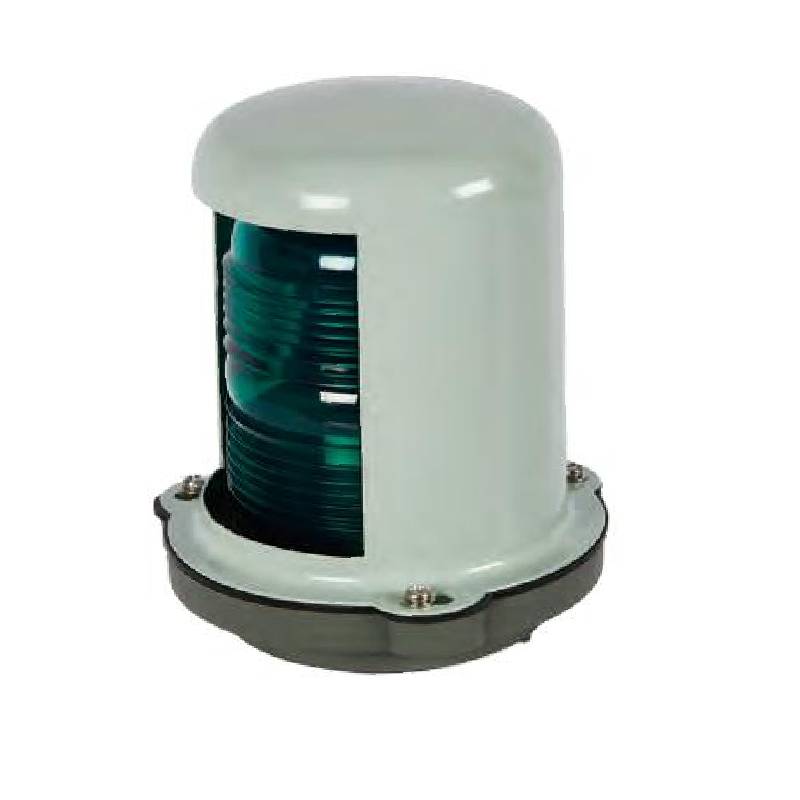
Benefits of Enhanced Visibility in Marine Navigation Lights
| Benefit | Description |
| Improved Safety | More clear and strong signals lower the likelihood of collisions especially during bad conditions or in congested waterways. |
| Regulatory Compliance | Improved visibility guarantees compliance with international maritime standards, such as IMO as well as COLREGs. |
| Operational Efficiency | Navigation signals that are clearer improve the communication between vessels, decreasing the chance of navigational errors and delays. |
| Reduced Maintenance Costs | Effective and reliable lighting systems, like LEDs are more durable and need less repairs or replacements. |
| Energy Efficiency | Modern lighting technology uses less energy, enabling green and efficient operations. |
| Increased Reliability | Modern optics and intelligent monitoring systems ensure that lights work in a consistent manner under different conditions. |
| Environmental Sustainability | The use of energy-efficient lighting systems and renewable sources of energy, like solar power, helps reduce the environmental impact. |
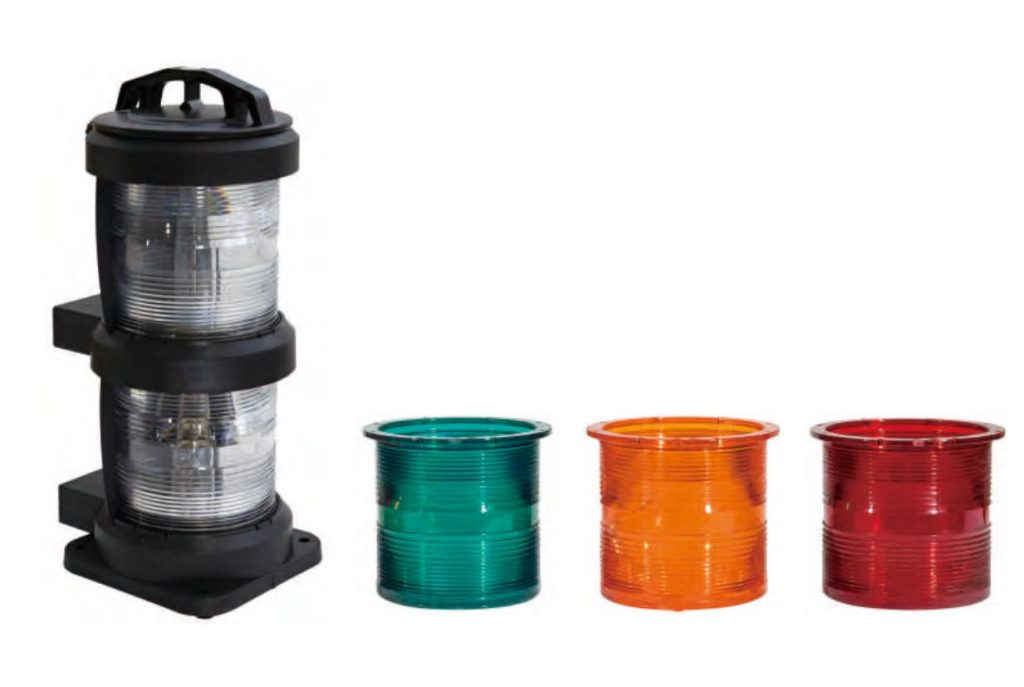
Future Trends in Enhancing the Visibility of Marine Navigation Lights
As shipping traffic grows and environmental conditions become more unpredictable, the future for navigation lighting lies in innovations that maximize visibility, reliability and sustainability.
1. Advanced LED and Laser Technologies
The shift to the use of high intensity LEDs has enhanced the brightness and efficiency of energy however, the future designs will advance further with adaptive LEDs, as well as laser-based lighting. These new technologies could provide clearer beams that can cut through rain and fog more efficiently, which will give you better visibility in difficult weather conditions.
2. Intelligent Optics and Beam Control
Future-generation optical systems will permit the beam control of navigation lights in a dynamic manner. Instead of having fixed outputs, navigation lights can alter their spread, focus and intensity in real-time dependent on the the conditions in the environment and vessel movements. These adaptive optics will lessen light scattering during poor visibility and enhance recognition across long distances.
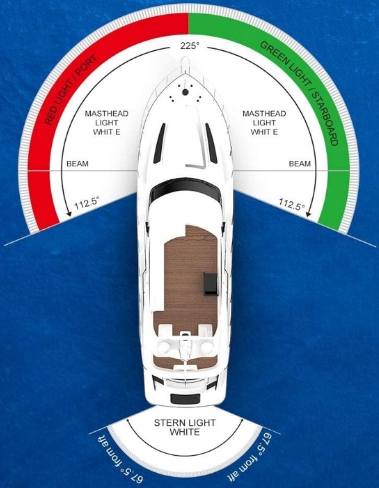
3. Integration of Smart Monitoring Systems
The future navigation lights will integrate fully into intelligent vessels management systems. Sensors and connectivity to IoT will allow for live monitoring of the performance of lights and automatic adjustment of brightness depending on the ambient conditions and prompt fault detection. The remote control capabilities and the predictive capability for maintenance will increase reliability and reduce operating cost.
4. Hybrid and Renewable Power Solutions
Sustainability is now a major aspect of marine operations. Future navigation lights will employ hybrid power systems that using solar power, advanced batteries, and possibly wind or wave energy. This method will guarantee uninterrupted lighting while also reducing the use of fuel along with the environmental footprint.
5. Enhanced Durability and Self-Maintenance Features
The harsh marine environment exposes lighting fixtures to water, salt dirt, as well as biological growth. To tackle this issue, future designs may include self-cleaning coatings and anti-corrosion substances and hydrophobic surfaces to will prevent the accumulation of. These new technologies will maintain the brightness for longer durations and eliminate the requirement for periodic maintenance.
6. AI-Assisted Recognition and Communication
Artificial Intelligence is predicted to play a part in the near future of navigation lighting. Lighting could be developed not just to be more intensely but also to work with vessels detectors, drones and automated recognition systems. This could lead to an intelligent maritime communications network, in which navigation lights are integrated seamlessly with collision avoidance technology.
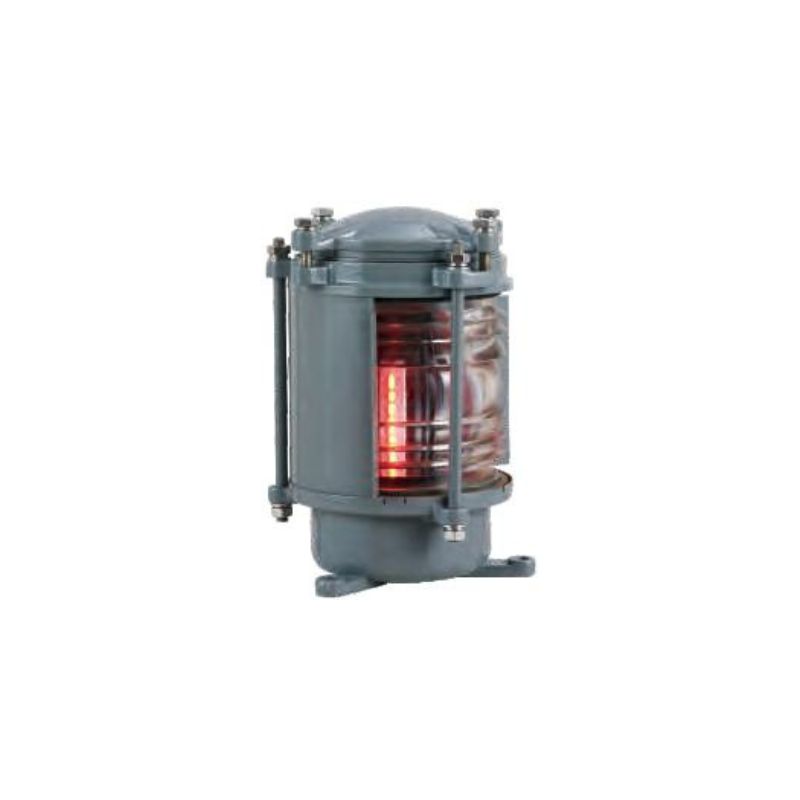
Summary
With the help of advanced lighting technology, optimizing design and integrating smart technology to enhance the visibility of marine navigation lights, vessels can improve safety and reliability as well as comply with regulations. As global shipping becomes more complex and demanding, Continuous innovation with proper training will help create a safer navigation environment for all vessels.
